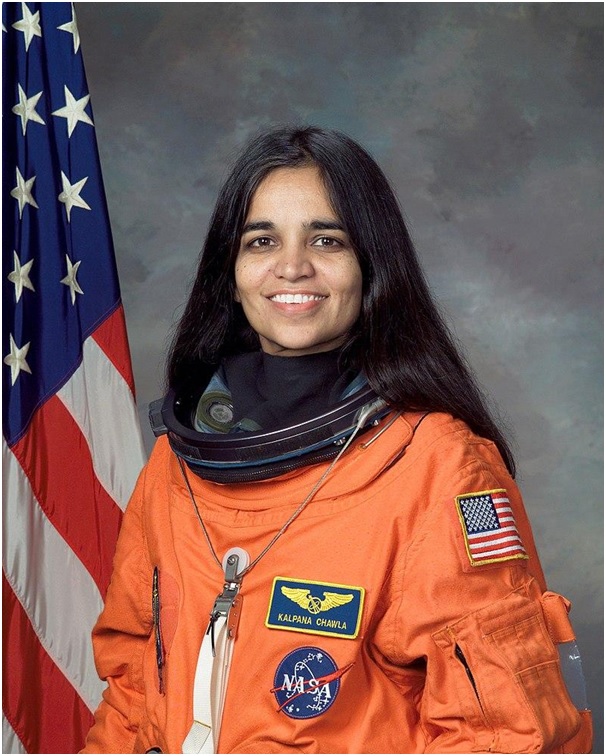National Women in Engineering Day was launched for the first time in the UK on 23 June 2014 by the Women’s Engineering Society (WES) to celebrate its 95th anniversary. Since that launch in 2014, the day has grown enormously over the subsequent years to the point where it received UNESCO patronage in 2016. In 2017, National Women in Engineering Day became international for the first time due to the interest and enthusiasm developed by the international audience and participants in the previous years.
Women in Engineering Day is an international awareness campaign to raise the profile of women in engineering and focus attention on the amazing career opportunities available to girls in this exciting industry. It celebrates the outstanding achievements of women engineers throughout the world.
The history of women in engineering predates the development of the profession of engineering. Before engineering was recognized as a formal profession, women with engineering skills often sought recognition as inventors. Although even today, some may see engineering as being a male-dominated sector, Women in Engineering Day reminds us that actually, it’s far from it. In fact, this is a sector in which women are making some huge waves. So today is all about the ladies taking part in some incredible achievements against all odds, and showing just what they can do.
We as an Indian would like to give an ode to three remarkable women who broke the shackles of tradition and paved the way for other women engineers.
Smt.Sudhira Das

Sudhira Das was an Indian engineer. She was the first female engineer from the state of Odisha. She became an engineer at a time when education was a taboo for women in India. She graduated with a Bachelor of Science from the Ravenshaw College in 1951, after which she joined the University of Science and Technology, Calcutta in 1956 for her masters in Radio Physics and Electronics.
After graduating with her MSc. (Tech), Das started teaching at the Berhampur Engineering School (currently Uma Charan Pattnaik Engineering School) as a lecturer in the department of Mathematics in 1957. Later she became the principal of Women’s Polytechnic, Rourkela. During 1957-1990, she served the Government of Odisha in various different capacities. During that period she founded Women’s Polytechnic, Bhubaneswar, an institution providing diploma programs to female students which have been one of her major contributions.
Rajeshwari Chatterjee

Rajeshwari Chatterjee was an Indian scientist and an academic. She was the first woman engineer from Karnataka. During her tenure at the Indian Institute of Science (IISc), Bangalore, Chatterjee was a professor and later chairperson of the Department of Electrical Communication Engineering. In early 1953 she obtained her Ph.D. degree under the guidance of Professor William Gould Dow and successfully completed her dissertation. After obtaining her PhD degree, she returned to India and became a faculty member at the IISc Department of Electrical Communication Engineering, later saying that she taught “electromagnetic theory, electron tube circuits, microwave technology, and radio engineering. That same year, she married Sisir Kumar Chatterjee, who was a faculty member of the same college. After their marriage, she and her husband built a microwave research laboratory and began research in the field of Microwave Engineering, the first such research in India. In the same period, Chatterjee was selected for the position of Chairman in the Department of Electrical Communication Engineering. Over her lifetime, she mentored 20 Ph.D. students, wrote over 100 research papers, and authored seven books. Following her retirement from the IISc in 1982, she worked on social programs, including the Indian Association for Women’s Studies.
Kalpana Chawla

Kalpana Chawla was an American astronaut, engineer, and the first woman of Indian origin to go to space. She first flew on Space Shuttle Columbia in 1997 as a mission specialist and primary robotic arm operator. In 2003, Chawla was one of the seven crew members who died in the Space Shuttle Columbia disaster when the spacecraft disintegrated during its re-entry into the Earth’s atmosphere. Chawla was posthumously awarded the Congressional Space Medal of Honor and several streets, universities and institutions have been named in her honor. She is regarded as a national hero in India. In 1988, she began working at NASA Ames Research Center, where she did Computational fluid dynamics (CFD) research on vertical and/or short take-off and landing (V/STOL) concepts. Much of Chawla’s research is included in technical journals and conference papers. In 1993, she joined Overset Methods, Inc. as Vice President and Research Scientist specializing in simulation of moving multiple body problems. Chawla held a Certificated Flight Instructor rating for airplanes, gliders and Commercial Pilot licenses for single and multi-engine airplanes, seaplanes and gliders. After becoming a naturalized U.S. citizen in April 1991, Chawla applied for the NASA Astronaut Corps. She joined the corps in March 1995 and was selected for her first flight in 1996
It is famously said that a woman is a full circle. Within her is the power to create, nurture and transform. These women prove this right and have paved the way for the future generation of women engineers, and they truly now are ‘shooting for the stars’.

